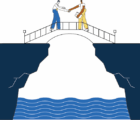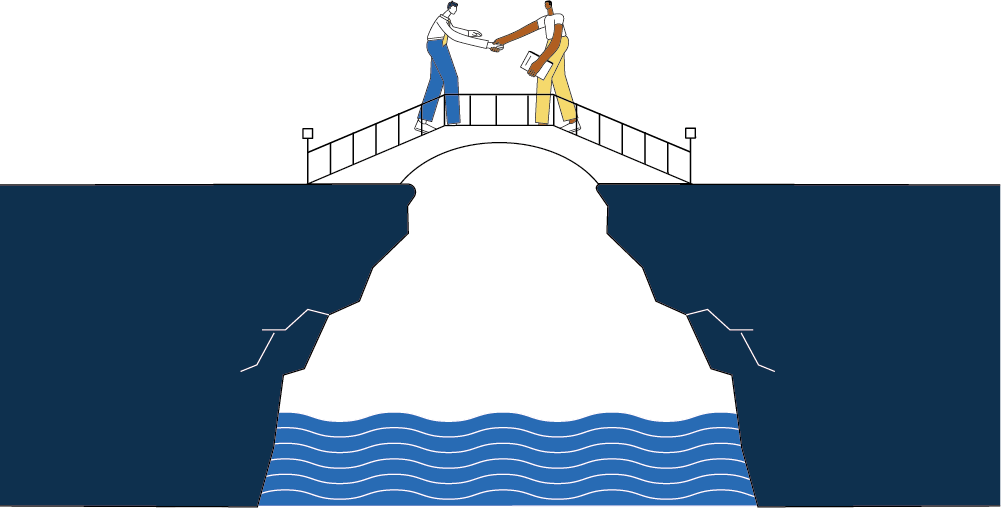 Joseph Boor, FCAS, Ph.D., CERA has been a member of the CAS for 30 years, and is presently employed as an actuary at the Office of Insurance Regulation of Florida. He is the author of the paper, “Interpolation Along a Curve,” published in the latest issue of Variance.
Joseph Boor, FCAS, Ph.D., CERA has been a member of the CAS for 30 years, and is presently employed as an actuary at the Office of Insurance Regulation of Florida. He is the author of the paper, “Interpolation Along a Curve,” published in the latest issue of Variance.
Q: Describe your paper in three sentences or less.
A: My paper shows a better way to interpolate loss development factors, increased limits factors and other rating items. The idea is to begin with a mathematical curve fitted to the data points but then adjust it so that it exactly matches the “real” data points that you began with. The paper also offers examples that outline all the necessary steps — including the curve fitting itself — for interpolating loss development factors and increased limit factors.
Q: Why did you choose to write about this particular topic?
A: I’ve been using this method for over 20 years. Through my work as a regulator I’ve seen a lot of filers struggle with this subject. I also had a fair amount of material for the foundation of my paper, as I thought I might need the methodology to interpolate company variance and loss development factors as a function of the reinsurance retention, as part of my recent Ph.D. dissertation.
Q: Who is your intended audience?
A: Actuaries doing practical reserving and pricing work.
Q: What makes this paper unique?
A: Interpolation is a subject that has not attracted a lot of attention in recent years (although when you have to do it, it becomes very important). In addition, this paper includes a “field test” of interpolation along the curve against a number of other methods — an idea borrowed from a 2009 Variance paper, “Claim Reserving: Performance Testing and the Control Cycle” by Jing, Lebens and Lowe.1
Q: What key point does your paper convey to CAS members?
A: The major take-away here is a fairly easy-to-replicate process for interpolating loss development or increased limit factors. I wrote this paper specifically to provide that to the CAS membership.
Q: Was there anything that surprised you during the course of your research?
A: As a consequence of the testing, it became apparent that, if you are not going to use curve fitting in any way, linearly interpolating the percentage of losses developed (paid or incurred) and dividing the result into one is pretty much the most accurate interpolation method for loss development factors.
 Q: What else are you working on right now?
Q: What else are you working on right now?
A: I recently had another article accepted by Variance that gives tools for computing the “best estimate” credibility for an overall rate change. It seeks to bridge the gap between an existing theoretical model (Gerber-Jones) and what is needed to compute actual credibility values. In the continued spirit of investigating the parts of the ratemaking formulas that receive less attention, I have what I believe to be a better alternative to the flat test correction factor.
***
To read all the papers from the latest issue of Variance, visit www.variancejournal.org.
1 Jing, Yi, Joseph R. Lebens, and Stephen P. Lowe, “Claim Reserving: Performance Testing and the Control Cycle,” Variance 3:2, 2009, pp. 161-193.













